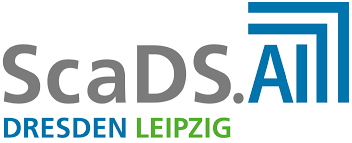In current mainframe architectures, extended memory is used as a pageaddressable main memory extension to improve I/O performance. If made non-volatile, extended memory can significantly increase transaction processing performance. In this paper, we study how locally distributed transaction systems may use shared extended memory to support high transaction rates and short response times. We outline how a specific store called GEM (Global Extended Memory) can be utilized to improve I/O performance
and inter-system communication and cooperation. It turns out that
distributed transaction systems of the “shared disk” type (data sharing systems) can benefit most from such a shared store. We describe simple yet efficient schemes using GEM for global concurrency control and constructing a global log file for such systems.



